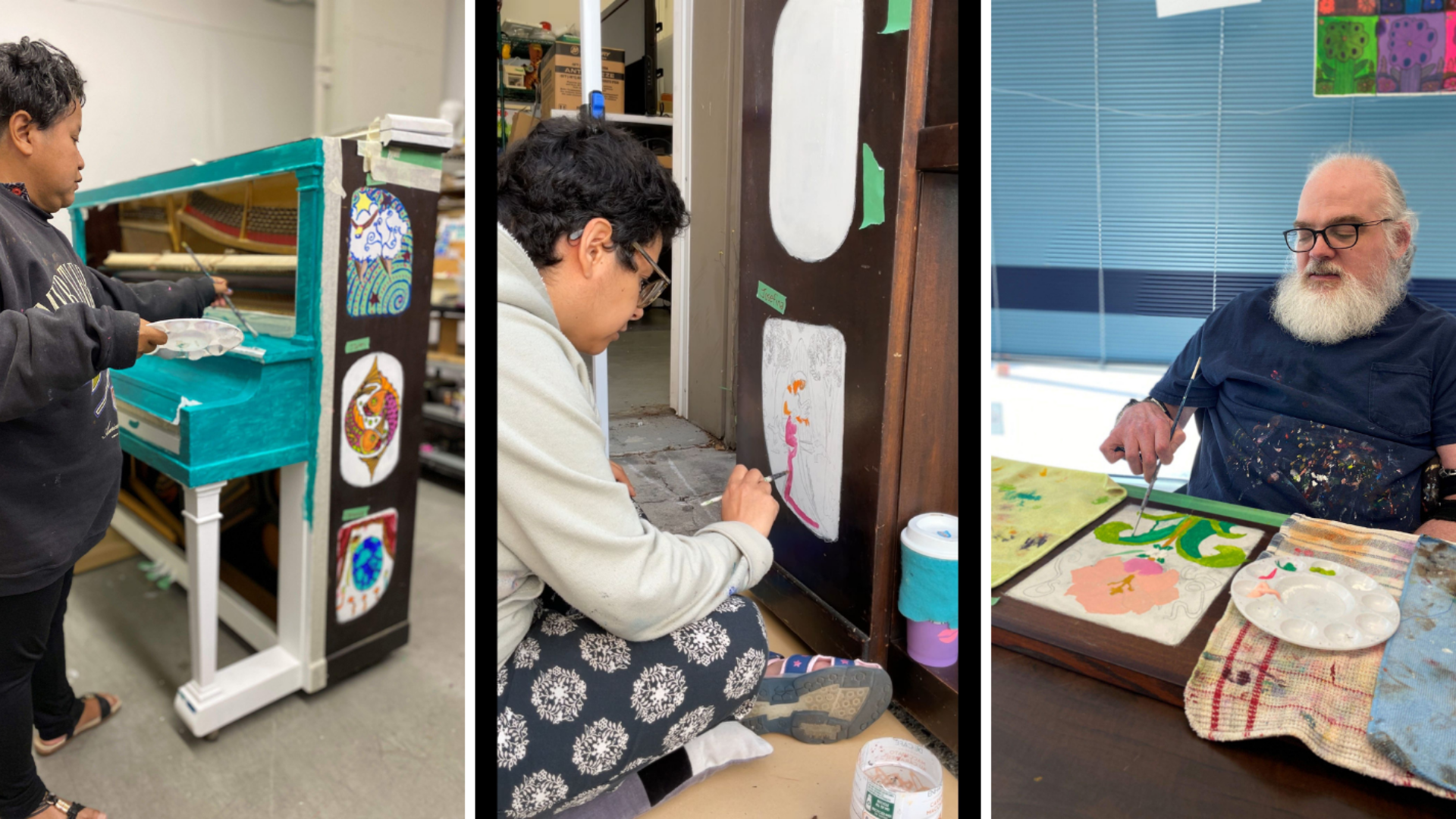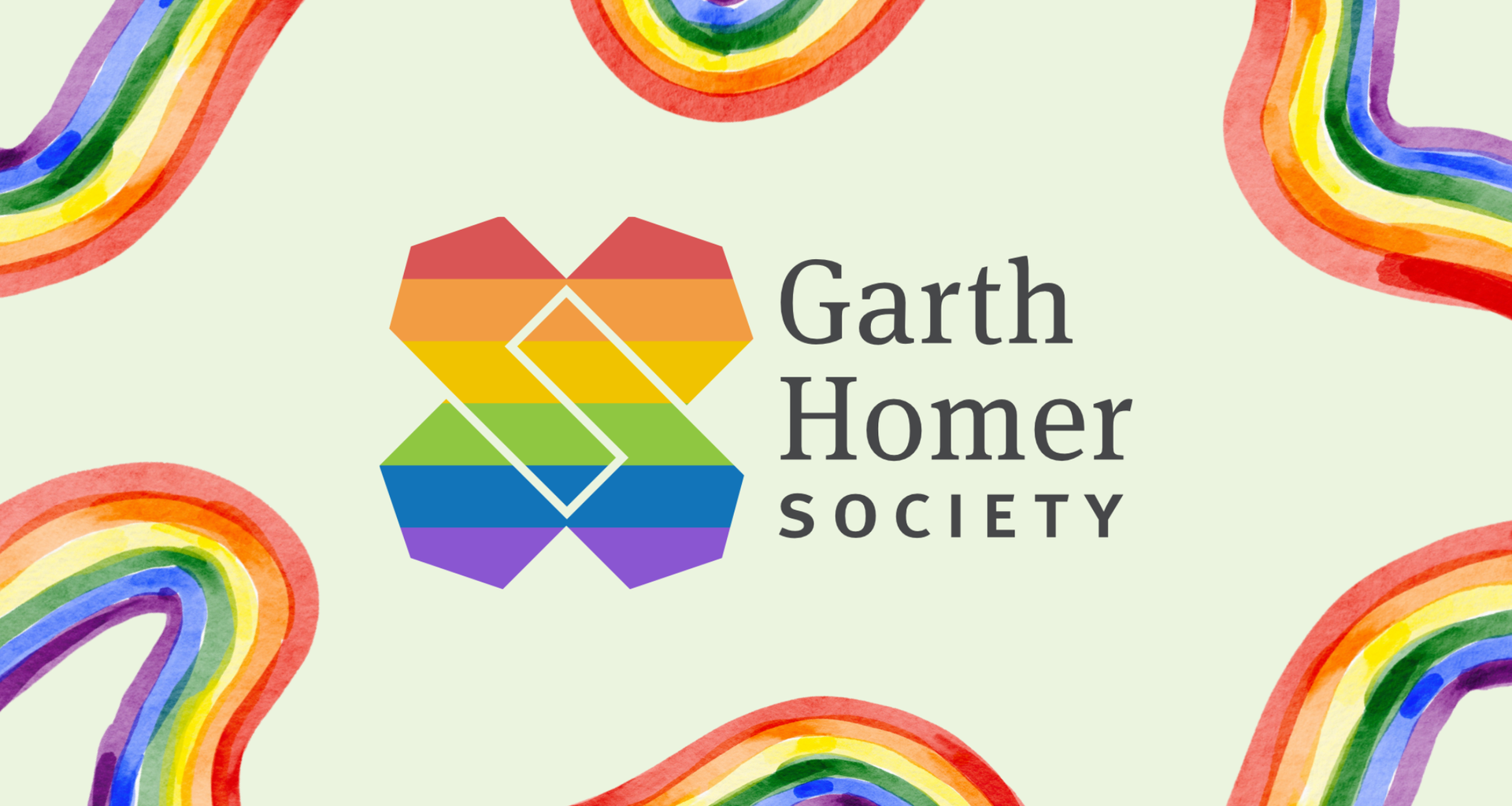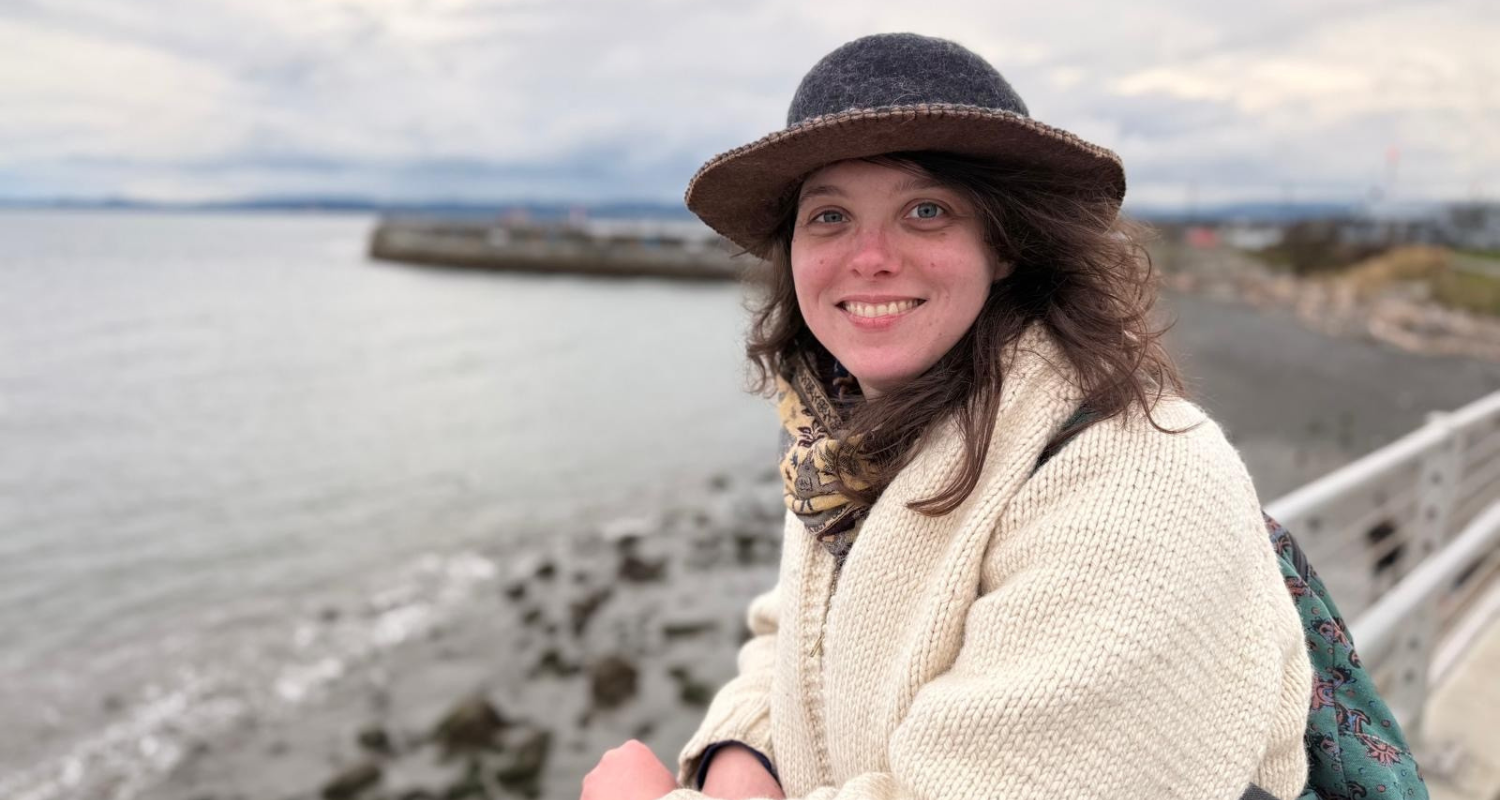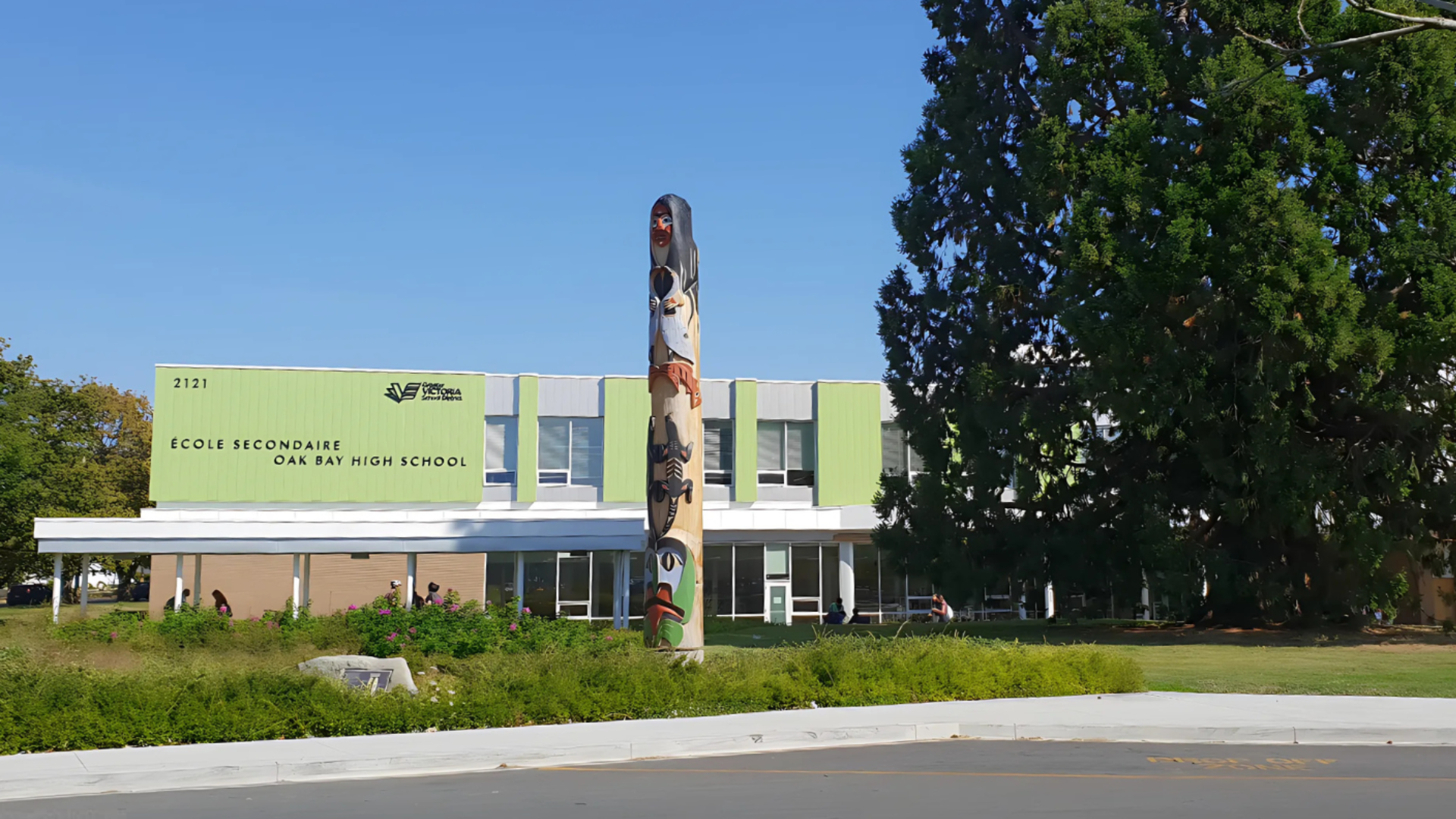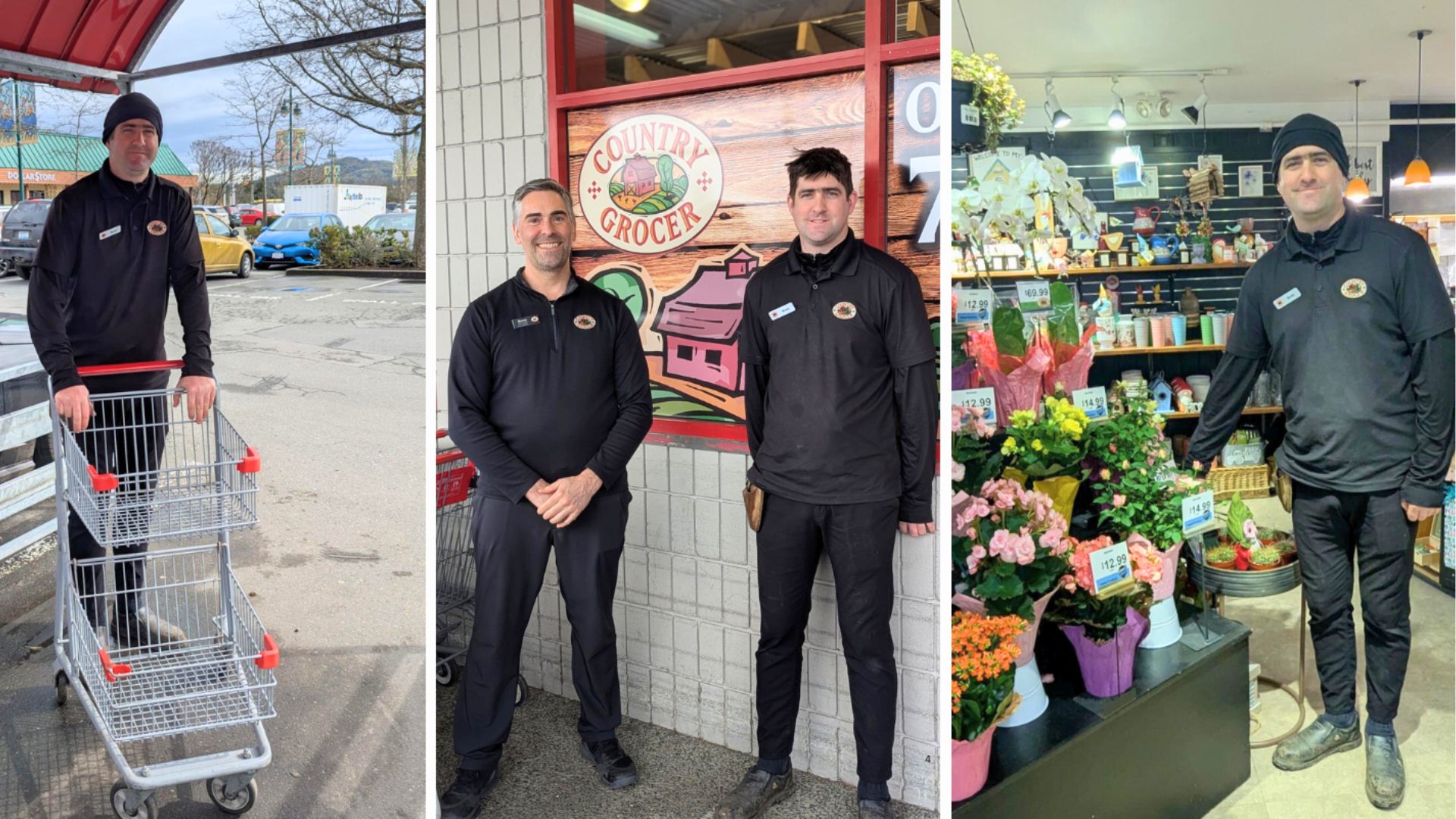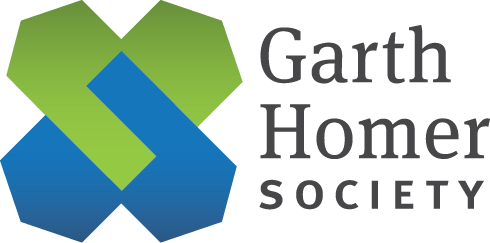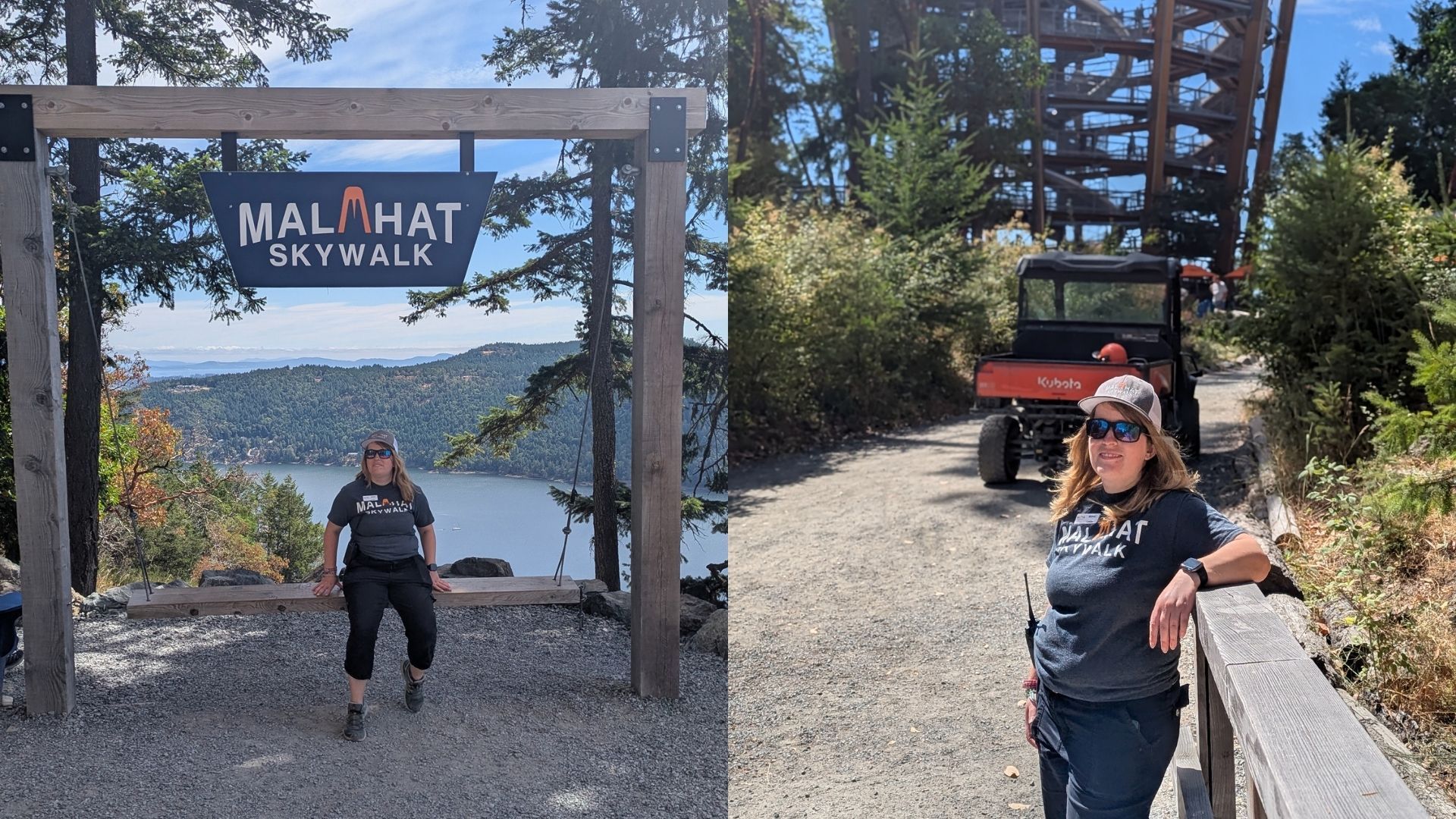The Pathway to Fulfilled Ageing – Celebrating the International Day of Older Persons
Fear of Missing Out - or FOMO- isn’t something only experienced by those who are growing up in the social media era. For one 90-year-old Garth Homer client, it’s what keeps her coming to Pathways four days a week. “She’s young at heart and wants to know what everyone is doing,” says Pathways coordinator Roslyn Wagstaff. “A lot of our clients, because they’ve not been weighed down by the burdens of the world’s responsibilities like paying bills and going to work, still see themselves as 18-year-olds. If you feel young, then you are young,” adds Wagstaff.
Pathways typically supports anywhere between 30 to 33 clients with a median age of 65. For the most part, Pathways participants transition from other Garth Homer programs as they start to slow down and begin to retire from volunteer jobs – meaning some clients have been with the Garth Homer Society their entire adult lives. “Our programming is more relaxed and flexible so if people don’t want to go out because they’re tired that day they can just stay in – it’s not a big deal,” explains Wagstaff. At Pathways, clients enjoy an accessible garden, opportunities to relax, play games, work on puzzles and engage in iPad activities. Community activities are made possible by easy-access vehicles while cooking, crafts, and yoga are also offered in a wheelchair/mobility aid-friendly space. Over the course of the Garth Homer Society's history, its supports for aging adults have evolved into the Pathways program. As people live longer, programs like Pathways become increasingly important in helping older adults maintain their independence and quality of life.
According to the Journal of Family Physicians Canada (Aging that includes an intellectual and developmental disability | The College of Family Physicians of Canada (cfp.ca)), a developmental approach to caring for older adults should be holistic, as aging is a time of life when exploring meaning, and generating something worthwhile that lives on, becomes especially important. It’s no different for adults with developmental challenges who can be supported to engage in tasks that feed emotional wellbeing later in life, such as participating in a support group or engaging in activities the individual enjoys. It’s these kinds of activities physicians believe help soften suffering, bring peace, enhance resilience, and ease adjustment to various aging-related changes in functioning and living.
One of the biggest challenges faced by the elderly Is loss of physical and cognitive independence; the onset of which can be earlier in people with developmental disabilities. This coupled with longer life expectancy among the disabled and deinstitutionalization can mean situations where parents and older siblings in their 80s or 90s are still the primary caregivers of their developmentally disabled family member.
“Our clients do have more challenges as some have to transition from a home support situation to a group home where they can hopefully age in place,” sympathises Wagstaff, adding that moving is difficult, as is getting used to different caregivers, especially when they’ve previously been parents and older siblings.
She takes having difficult conversations with families in stride, and stresses planning for a loved ones later years is a must. “You need to be thinking ahead – where are we going to be in five years from now?” Wagstaff explains. “If you wait too long it’s very hard as sometimes a decline can be rapid -within the space of six months.”
Ensuring an elderly loved-one has the capacity to process why a move is necessary and having the time to get used to a new home makes coping with change easier she says. Families can also play important advocacy roles by doing research into to the long-term effects of their family member’s disabilities and being prepared. “We’re here to help as well and have resources we can share too,” she stresses.
As important as planning ahead is living in the moment, Wagstaff observes. “Personally, one of the biggest gifts of working with our elderly population is frequently hearing from family and caregivers that our clients are happy to be at [Pathways] and don’t want to miss a day,” she remarks.
For Wagstaff and the rest of the Pathways team, its all about what they can do to make sure clients have a great day. “They’re always a lot of fist bumps and side-hugs to go around which is the kind of positive client feedback you get every day.”
The United Nations has adopted October 1 as the International Day of Older Persons (International Day of Older Persons | United Nations) to recognize, "the essential contribution the majority of older men and women can continue to make to the functioning of society."

